
 Purchasing a game in these times entails more than just $60. Sure, you can settle for the standard copy, but why stop there? Why not buy even more, like a $20 skin or a $60 season pass? Why not just buy $100 worth of virtual boxes for a slim chance to get whatever you want?
Purchasing a game in these times entails more than just $60. Sure, you can settle for the standard copy, but why stop there? Why not buy even more, like a $20 skin or a $60 season pass? Why not just buy $100 worth of virtual boxes for a slim chance to get whatever you want?
These are examples of loot boxes and micro-transactions, a trend among games and game companies. However, they entail more than just unnecessary spending.
Games should be immersive, an escape. But then suddenly a reminder appears: Your experience is incomplete. Take a chance on this loot box. Buy this feature. You’ve already paid $60 for a brand new game, but the game developers say you need more. What the hell?
Micro-transactions are a business model where players can purchase in-game items in small, separate payments. Sometimes called “pay-to-win” by the gaming community, these can range from a variety of items, like a new look for your character, a new addition to the story and in-game currency, which is just turning real money into Monopoly money.
Sometimes the items for sale are ludicrous, like paying $2 for a reticle for your gun sights in “Call of Duty: Black Ops 4” or buying an extra save slot for your game in “Metal Gear Survive.” In “Asura’s Wrath,” for a small price you could see the “true” ending of the game rather than the one viewed by the masses.
At least with micro-transactions, you’re guaranteed to receive something. “Fortnite” has this system, but lets you earn v-bucks (its in-game currency) by playing the paid version of the game and completing challenges. “Overwatch” has a similar system of earning loot boxes by playing the game and leveling up.
READ MORE: https://eastfieldnews.com/2018/09/25/fortnite-is-ridiculous-and-wacky-but-also-fun/
But loot boxes are a gamble.
They take the form of little containers with in-game items, whether it be a new cosmetic skin for a character or a rare weapon. Open the box and you might get what you want.
Or just as likely you’ll get something completely useless.
The worst side of this is explored in “Star Wars Battlefront II.” In order to stand a chance in combat, you’ll need to purchase or earn a loot box containing “star cards,” a power up that can give you an advantage over other players. The game is difficult without them. Adults may have more sense than to spend almost $100 on in-game cosmetics, but maybe not unattended children.
So why is this system allowed to be in place? Maybe it’s the drive for a bigger profit. Perhaps it’s just human greed, knowing they’ll get away with all of this. Maybe it’s something genuine to help provide more funding for their studio.
I know from working in a retail game store that both kids and parents don’t understand the system.
And each game sold and each in-game purchase encourages game developers and publishers to keep it up.
So, how do you escape this terrible fate? You can’t. Nearly every game available in the market has some form of this.
There has been some pushback. Last year, Belgium banned the use of loot boxes within the game series “FIFA.” In the U.S., some in the gaming community are calling for boycotts.
But for the foreseeable future, this practice has ingrained itself in the gaming industry. And frankly, it’s exploitation.
— Adolfo Resendiz Olguin is a fine art major and a reporter at The Et Cetera

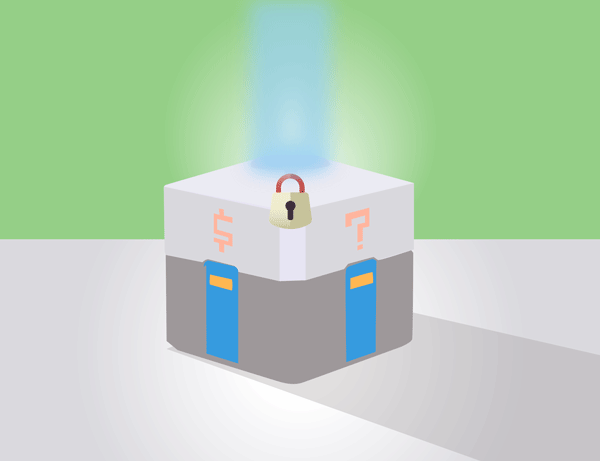
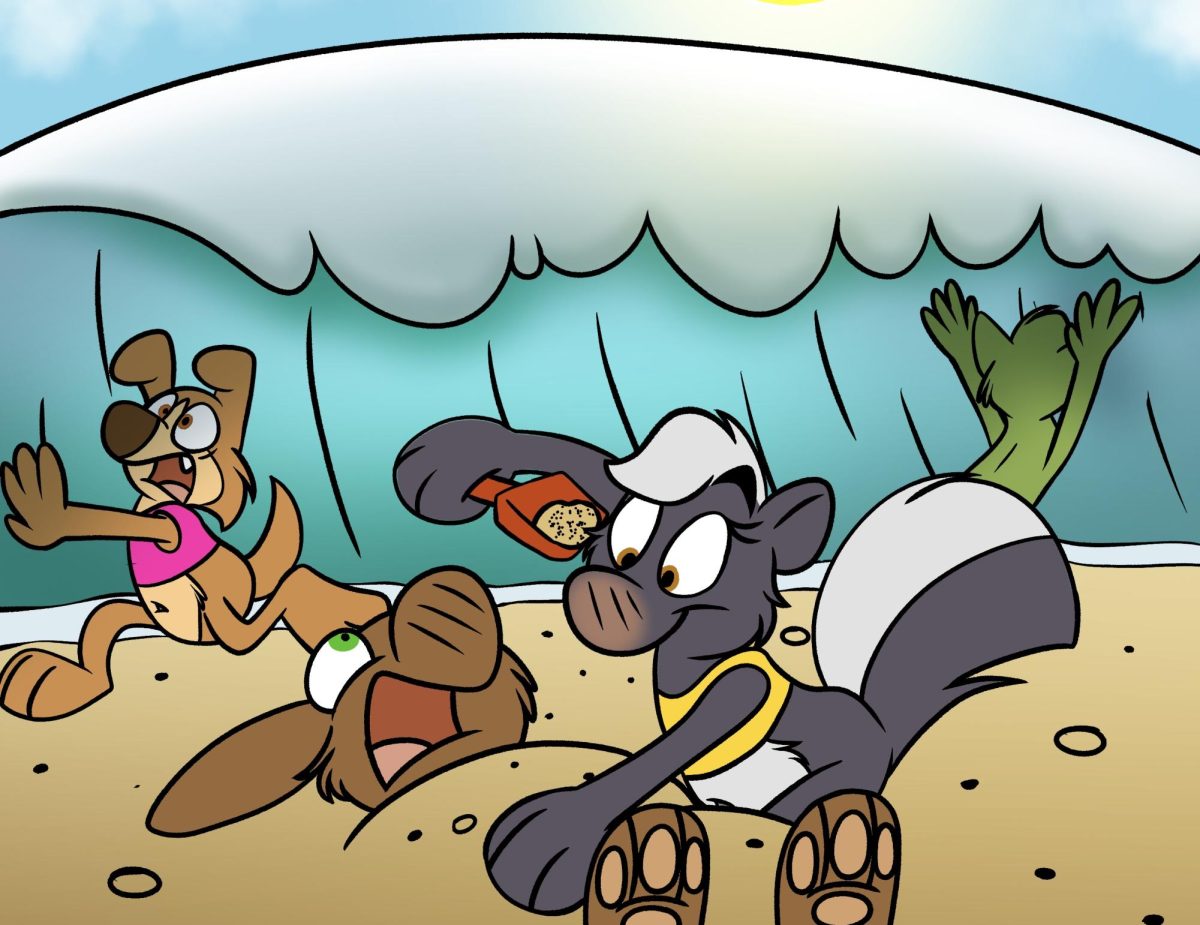



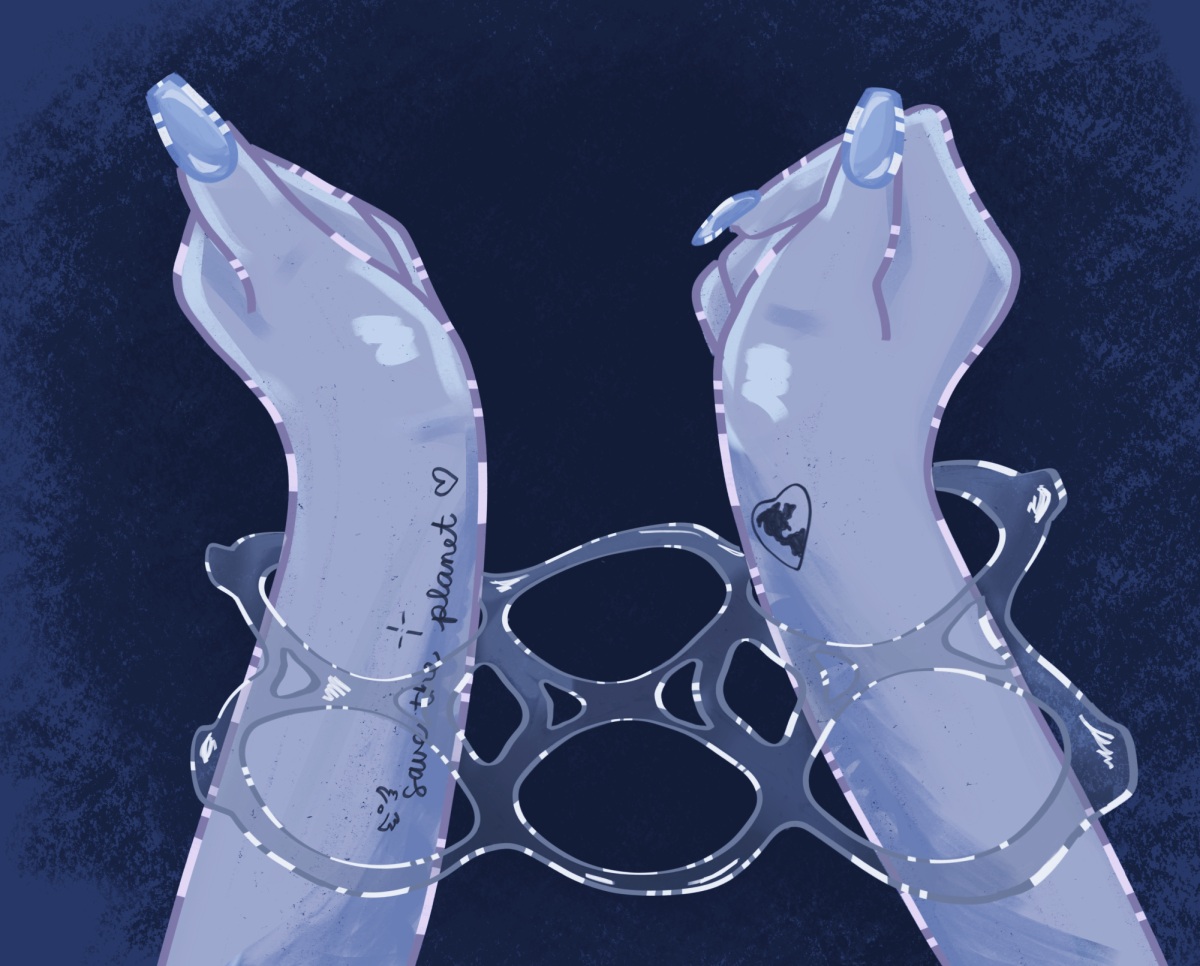
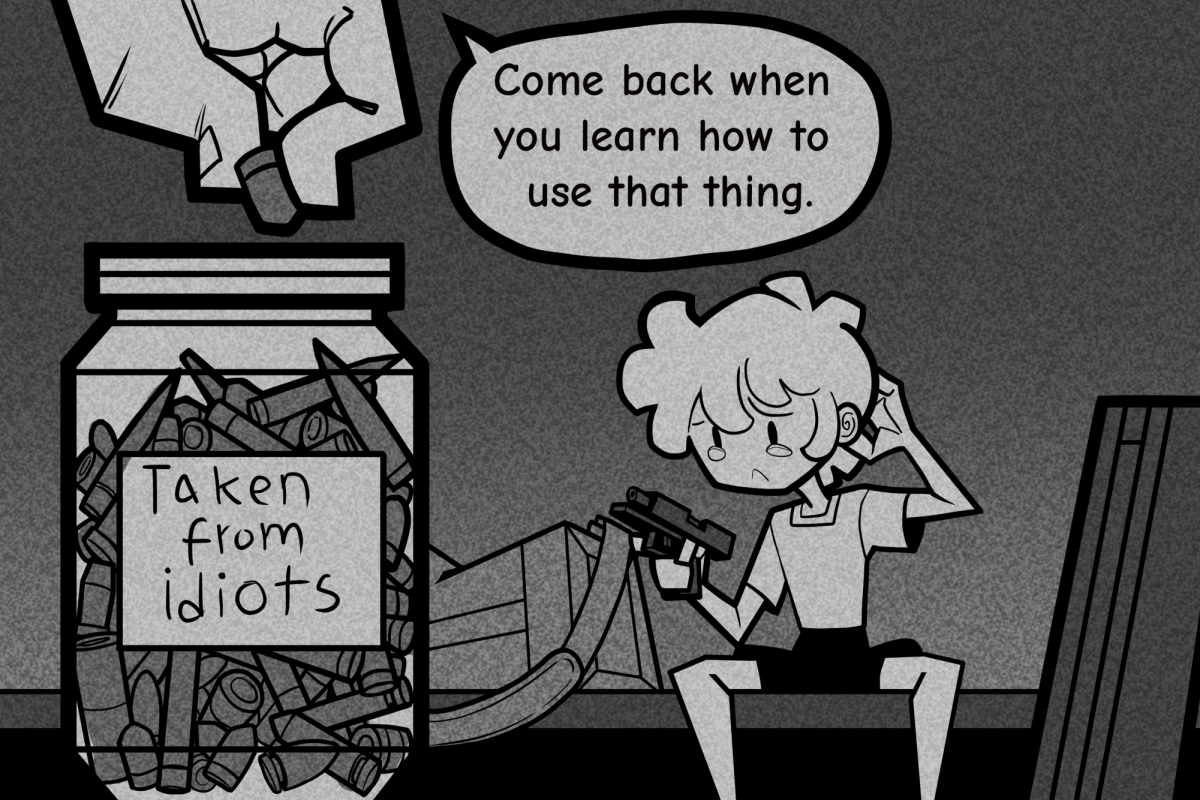


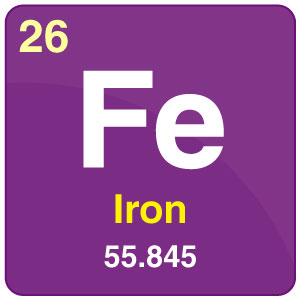


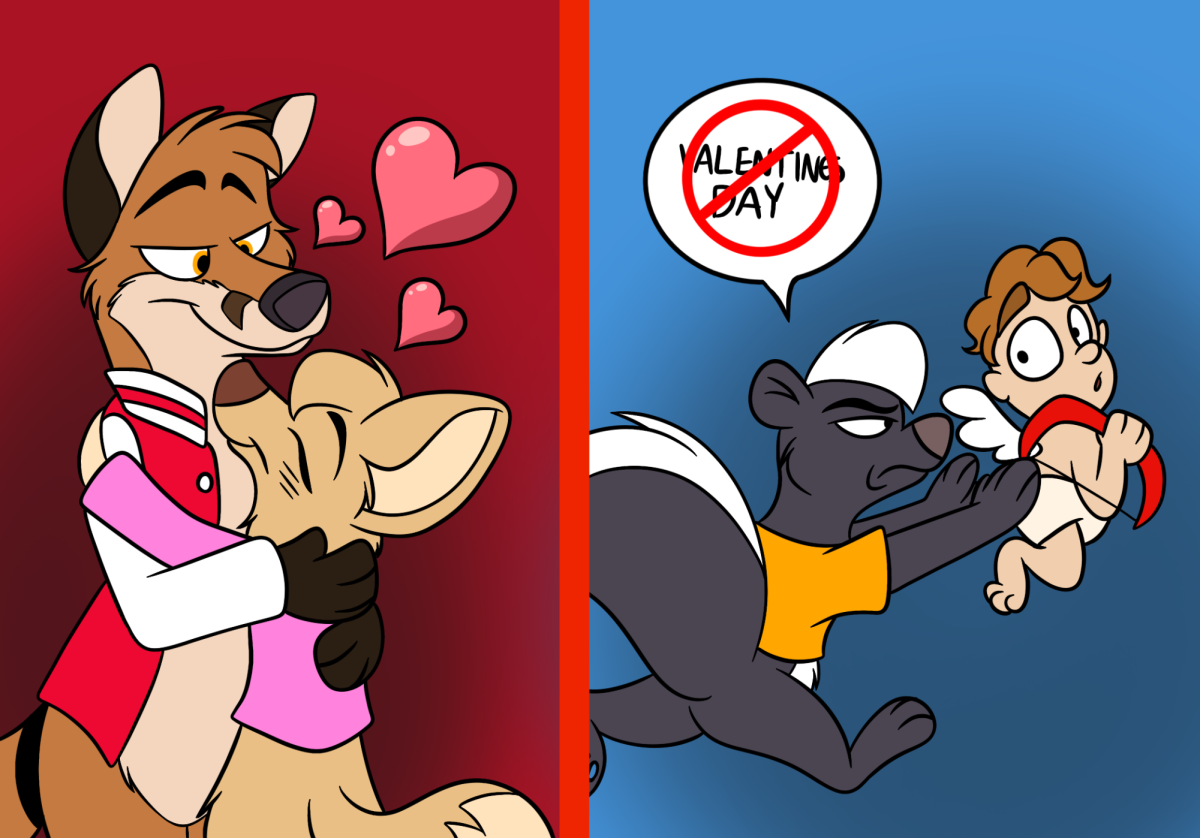
Diana Smith • Sep 11, 2020 at 5:07 am
Hello,
it’s an amazing game for kids. I also played some time .
Diana